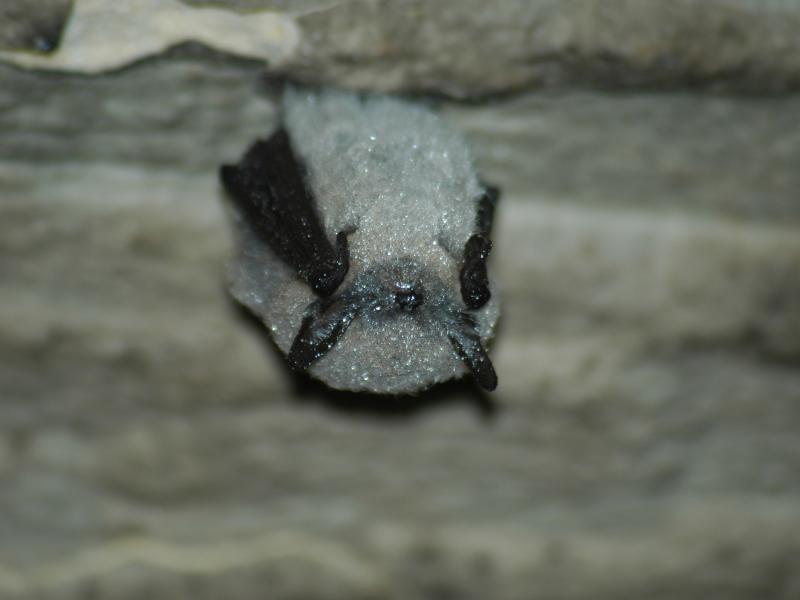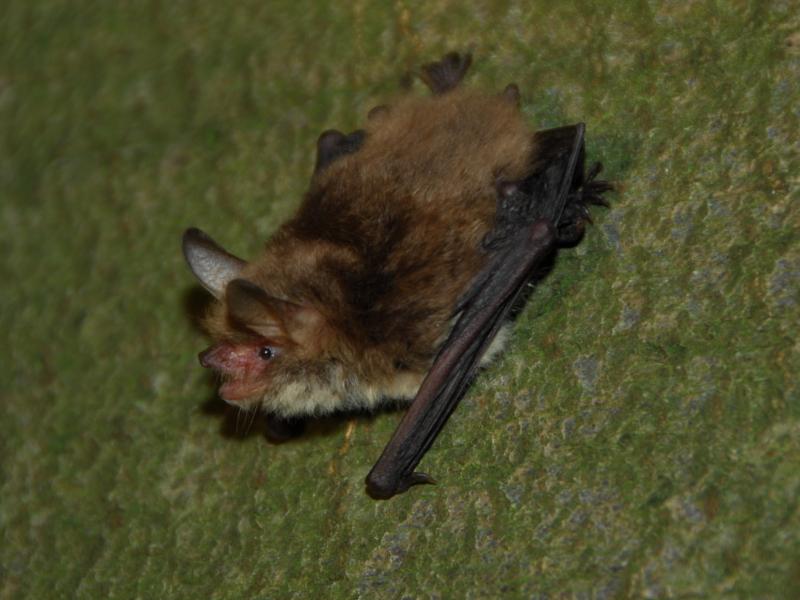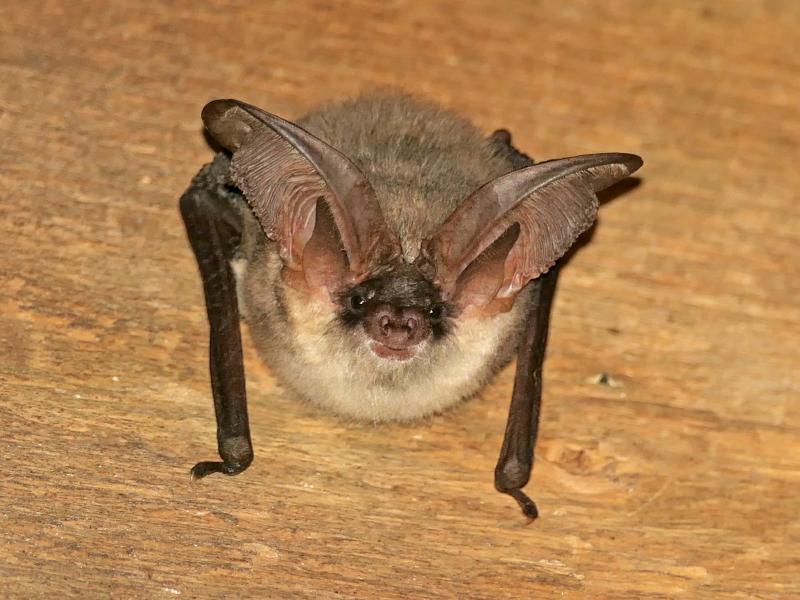Automated long-term registration of bat activity at Fort Steendorp (Flanders, Belgium)

Abstract: Fort Steendorp (east of Temse, East Flanders, Belgium) is a large former military brick fortification, which is nowadays one of the most important bat hibernation sites in Flanders. The fortification is part of two, 19th and early 20th century defensive ‘belts’ of fortifications around the city and port of Antwerp. Standardized winter census counts were started in 1989. From 1999 to 2022, the overall number of hibernating bats counted varied between 734 and 1209, belonging to eight species. Each year the population is made up of approximately 69% Daubenton’s bat (Myotis daubentonii). This is by far the most abundant species, but it has been sharply decreasing in numbers. Bats can be hard to detect during hibernation, with visual census counts representing only part of the actual number of hibernating bats. In order to quantify the proportion of bats that are missed during visual counts, an automated bat count experiment was set up using an infrared light barrier system, measuring bat activity and passes in and out an enclosed part of Fort Steendorp. All year round data collection also allowed us to collect bat activity data outside the hibernation season. An important difference with the visual method is that it is not possible to determine the species with this type of automated bat survey. The paper presents the data from four consecutive years, starting from April 2014. We observed two distinct periods of high activity at Fort Steendorp. A first peak of activity (movements in and out of the infrared light barrier portal) was seen from the second half of May, going on into the first half of June (an average 1000 bat passes through the portal per night). This coincided with the spring swarming/mating season of most bat species. An even more notable increase of activity in and out of the enclosure was seen between mid-August up to October, preceding hibernation (’autumn swarming’, with an average of 5000 bat passes per night). From mid-October onwards, a net movement of bats into the study zone took place, with a gradual build-up of bats going into hibernation. Between 1761 and 2066 bats were found to hibernate in the study zone. When comparing visual counts with infrared light barrier portal data, both observing the same enclosure and same study period, only 37% of the observed total bat population were detected visually. This figure indicates that around two thirds of the bats hibernate in inaccessible ‘water corridors’, or are tucked away in cracks and crevices, going unnoticed in a visual count. Secondly, our results show that hibernation is not a continuous uninterrupted process. From December onwards, before the coldest part of winter, bats move out of the enclosure, presumably to other parts of the fort, despite hibernation conditions in other parts of the fort being unlikely to be more favourable. We cannot say when bats start to leave Fort Steendorp, ending their hibernation season, but by the last week of March, all the hibernating bats had left the study zone, and by deduction also Fort Steendorp. There was little to no activity until the spring swarming in May and June. After this, the activity in and around the infrared light barrier dropped again to almost zero until August. This paper provides strong evidence that for complex bat hibernacula, with plenty of crevices and inaccessible or hidden shafts and corridors, the actual numbers of hibernating bat are far higher than the numbers counted visually. This has important consequences, at least for large brick hibernation sites such as Fort Steendorp, and for bat conservation efforts at sites with a high value for bats. When around 1000 bats are seen in Fort Steendorp in yearly census counts, the actual number of bats hibernating will be closer to 3000, elevating the importance of the site for bat conservation. Peak activities in sites like this in May-June and August-November lead to the conclusion that, for the optimal protection of bats, conservation measures should not be limited solely to the hibernation period.









